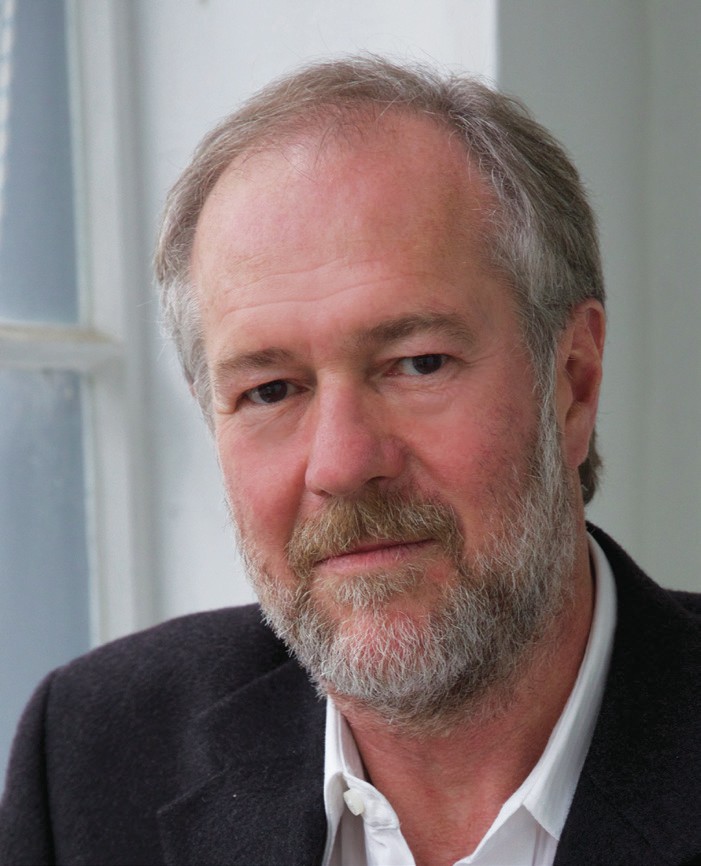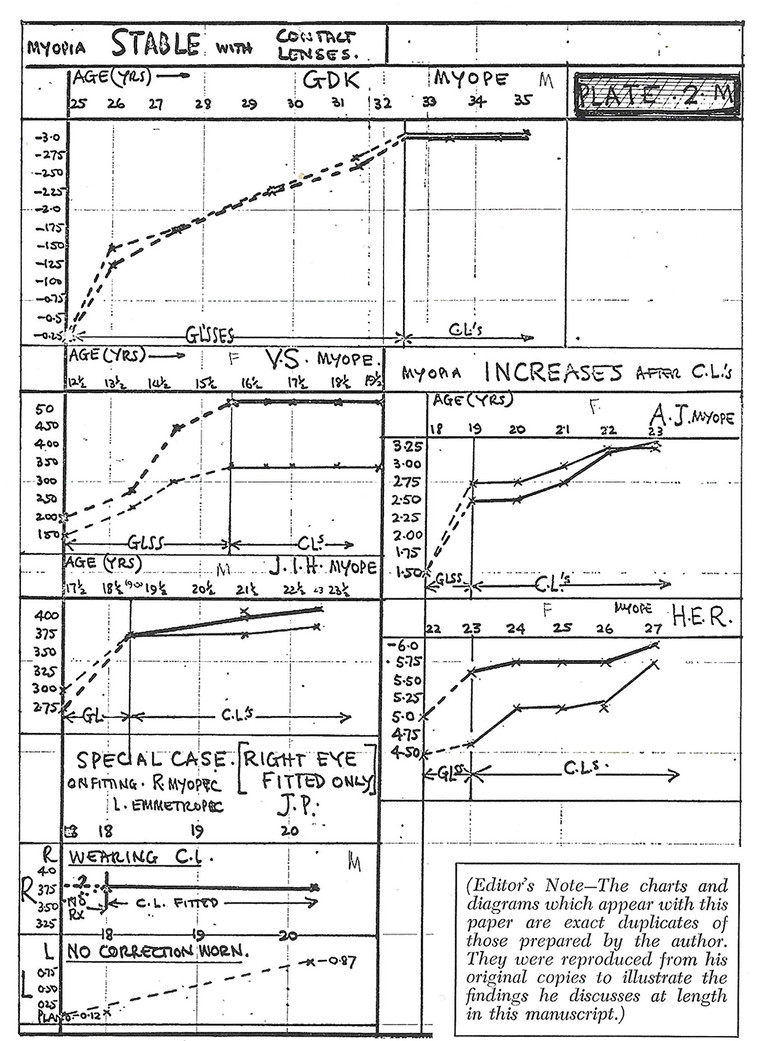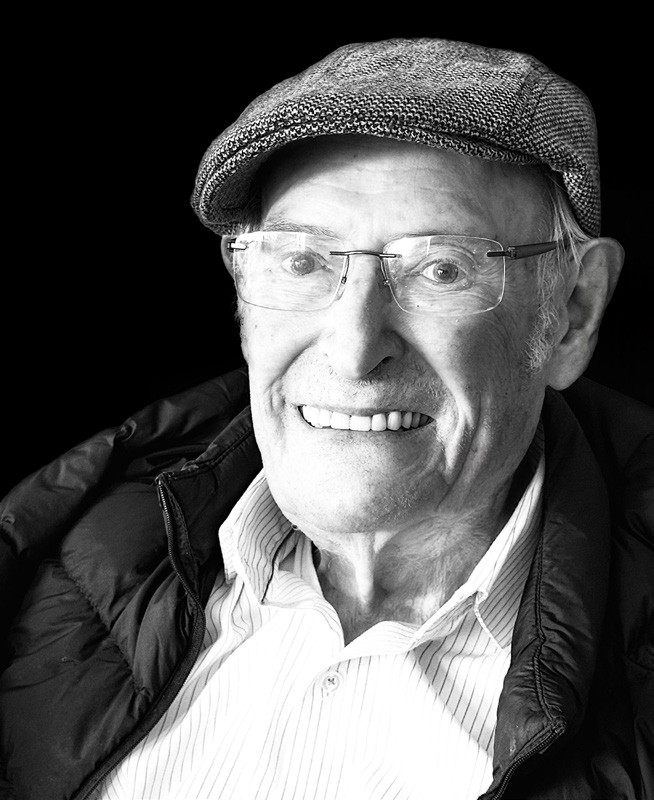micontacts
Do it Right A Force Felt Worldwide
WRITER Alan Saks
In this deeply personal tribute, Alan Saks reflects on a life defined by purpose, and on how a life well lived and a love for optometry became a force felt worldwide.
Over the years I’ve written about the importance of ethics, standards, quality, accuracy, and much else. I’ve also stressed the importance of professional development and the role of mentors.
As I’ve mentioned, my Dad, Sidney J Saks was my mentor extraordinaire – as he was to many practitioners in South Africa and around the world. Sid, himself, had been mentored by some of the greats, who continue to be referenced in textbooks and research literature.
He practised in South Africa in our family practice in Pretoria for 66 years, only retiring at age 86, after an exemplary and unblemished career.
Professor Henry ‘Hank’ Hofstetter was his mentor at Indiana University in the United States when he studied there in 1957. In those days the Indiana Campus was racially segregated. They had assumed that some dude coming from Africa was black. To avoid embarrassment, the Hofstetters accommodated Dad in their home while he studied, leading to a lifelong friendship and mutual respect.
He was also mentored in contact lens fitting by Dr George Jessen of Wesley-Jessen (WJ) fame in Chicago. He said George was the greatest teacher ever. Dad returned to South Africa as a pioneer contact lens fitter – one of the few in the southern hemisphere in the late 50s and early 60s. WJ is now part of Alcon.
Sid’s challenges in fitting PMMA (Polymethyl methacrylate) hard lenses in the rarefied 1,500 m altitude of Pretoria were significant. The reduced partial oxygen pressure meant less oxygen was available to the cornea. PMMA was effectively a zero Dk material. All the oxygen available to the cornea was via the so-called tear pump – via blinking and flushing of the post lens tear film. This limited the oxygen supply to the cornea, as the tear pump was only able to provide around 30–50% of the cornea’s oxygen needs.
So, Sid along with expert guidance from George, designed smaller lenses, with reduced optic zones to minimise corneal coverage and maximise oxygen availability. We still have some of the airmail letters where they discussed such things. Imagine waiting a month for a reply!
Despite their best efforts, resultant corneal oedema still sometimes caused steepening of K readings, central corneal clouding, and refractive fluctuations. Dad published a landmark paper on such things in the Journal of the American Optometric Association in March 1966, meticulously recording patient data and graphing results over an eight-to-nine-year period.
One thing he noted was that when his lens designs were fitted, the patient’s myopia progression halted or slowed, compared to the records of their progression in spectacles in previous years.
Sid was the first to record and demonstrate myopia control with contact lenses.
It took the rest of the world over 50 years to catch up to his visionary findings! (Refer to my previous micontact column on these issues.1 )
ETHICS AND INTEGRITY
In 2024, Sid was recognised as ‘Optometrist of the Century’ at the South African Optometric Associations’ centenary celebrations for the work he, his father JL Saks before him, as well as his brother, Brian and son-in-law Peter Brauer had done for advancing optometry in South Africa. My grandfather, JL, was regarded as the father of modern optometry in South Africa. He’d won an appeal in a court case – where he was initially found guilty of ‘acts pertaining to a medical practitioner’ as he’d had the gall to charge a professional fee! This legacy spurred me on to my optometric achievements in South Africa, New Zealand, and Australia, and in lecturing around the world.

“They spoke of his engaging smile, his professional standards and the life-changing eye care he’d provided. His contact lens patients enthused how he’d helped change their life trajectory”
My father and uncle were later the founding chair and secretary of the Professional Board for Optometry in the South African Medical and Dental Council and served in these roles for 20 years. This is the equivalent of the Optometry Board of Australia under the Australian Health Practitioner Regulation Agency (Ahpra) and they established the professional and ethical standards of the profession in South Africa.
For those interested, much of this is covered in the centenary book, 100 Proud Years,2 published last year by Colin Tonkil from Cape Town, another of my dad’s mentees and colleagues. I was honoured to contribute some of the pages, along with my dad and brother-in-law.
“as my Dad had shown, if you want to build a practice and a lifelong following, a smile and getting to know the people who entrust you with their most precious sense, is a critical aspect of our profession”
END OF AN ERA
The catalyst for this column was that I was in South Africa in May/June visiting Dad, where we had a deeply meaningful time together.
Alas, a few days after I landed back in Australia, he took a turn for the worse, passing away on 5 July, at the age of 94. A great innings.
After attending the Australasian Society of Cataract and Refractive Surgeons (AUSCRS) conference in Darwin for mivision and presenting a talk, I was back on the long haul to Johannesburg to attend Dad’s funeral and to help move out of his house and wrap up his affairs. In the process we came across many of his remarkable optometric and other achievements.

Sid J Saks' notations on the myopia control effected by the contact lenses he designed.
The outpouring of respect, love, and admiration from optometrists around the world – many of whom shared how he’d helped shape their careers – was immense. As it was from those who’d been his patients over the decades.
They spoke of his engaging smile, his professional standards and the life-changing eye care he’d provided. His contact lens patients enthused how he’d helped change their life trajectory. One said she’d seen Dad as a patient from age three until well into her 60s, and that he was always the consummate gentleman.
PEOPLE MATTER
I recently read a post on social media – regarding younger practitioners taking umbrage to (usually) older patients engaging in conversation during consultations. One practitioner suggested not engaging in any form of conversation with patients and simply churning them out. This may work in an environment of quickie refractions… but as my Dad had shown, if you want to build a practice, reputation, and a lifelong following, a smile and getting to know the people who entrust you with their most precious sense, is a critical aspect of our profession.
Dad was, as they say in Yiddish, a real Mensch. And as we say in Southern Africa, Hamba Kahle, Morena.
They just don’t make optometrists and people like this anymore.
You will be missed.

Sidney J Saks
Portrait taken by Alan Saks on 14 June 2025.
References
1. Saks A, Farsighted thoughts from a visionary pioneer, mivision. 2022; (183): 97. Available at: mivision.com. au/2022/10/farsighted-thoughts-from-a-visionary-pioneer [accessed August 2025].
2. Tonkil C, 100 Proud Years: A History of Optometry in Australia, available at: sbmedia.co.za/downloads/documents/100%20Proud%20Years(e).pdf [accessed August 2025].